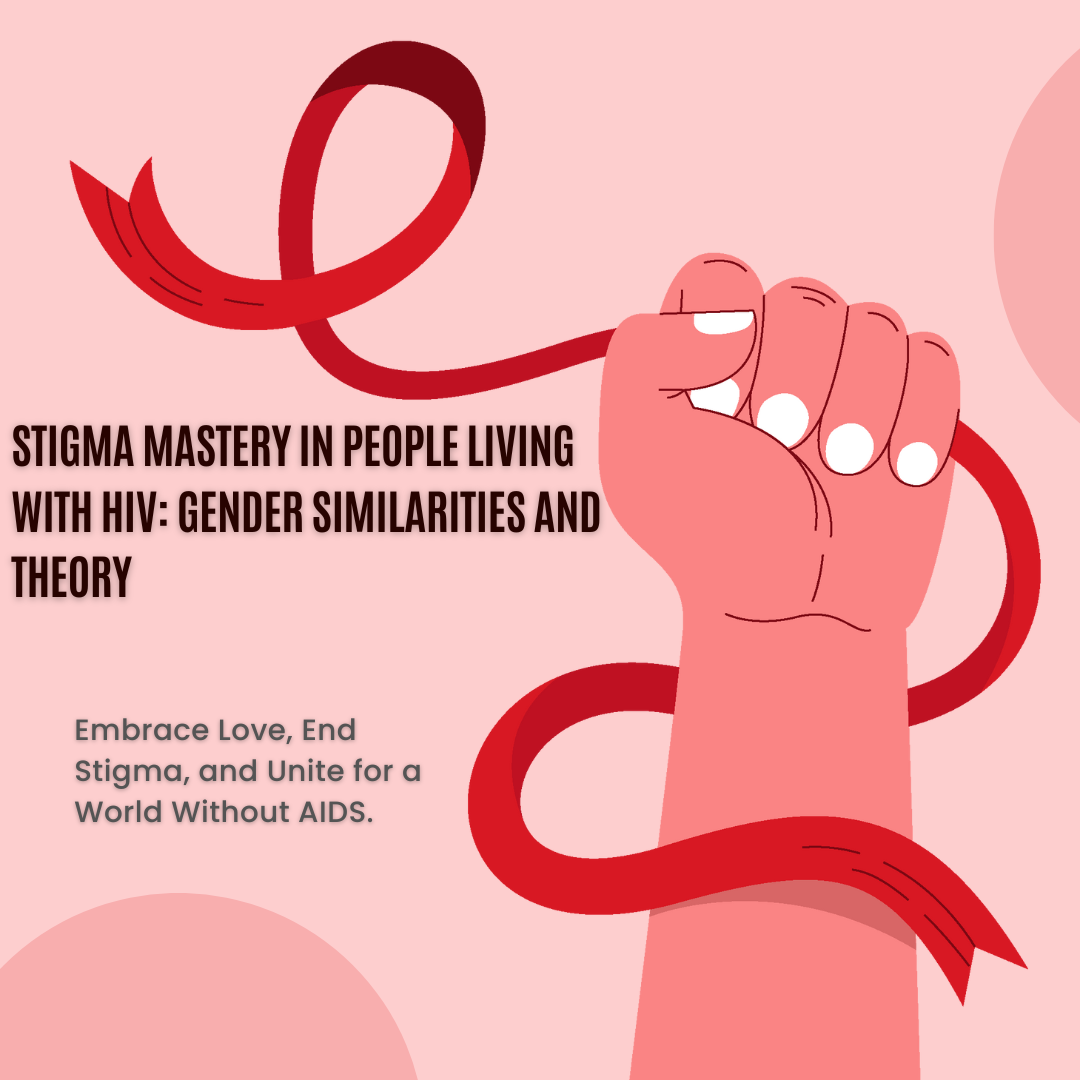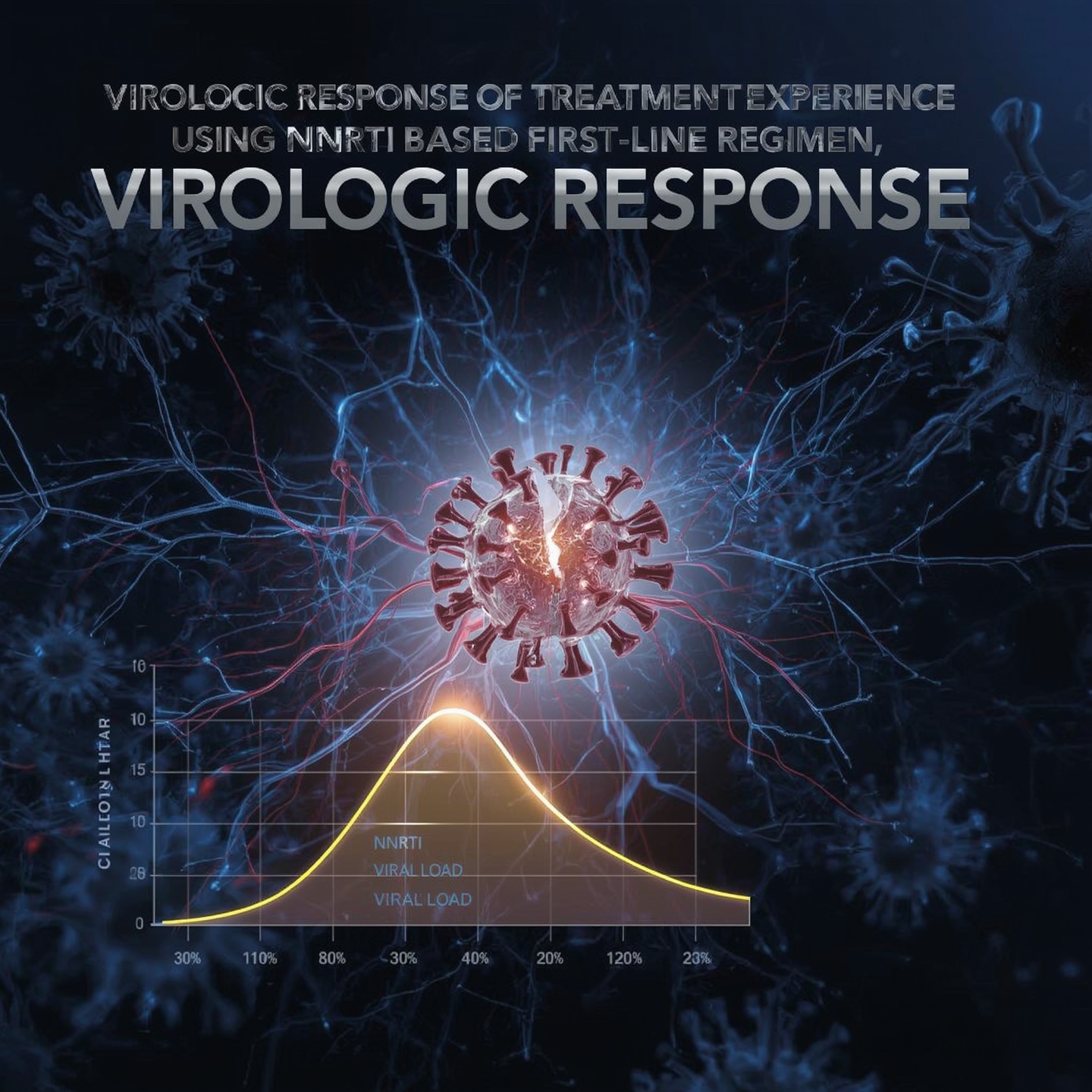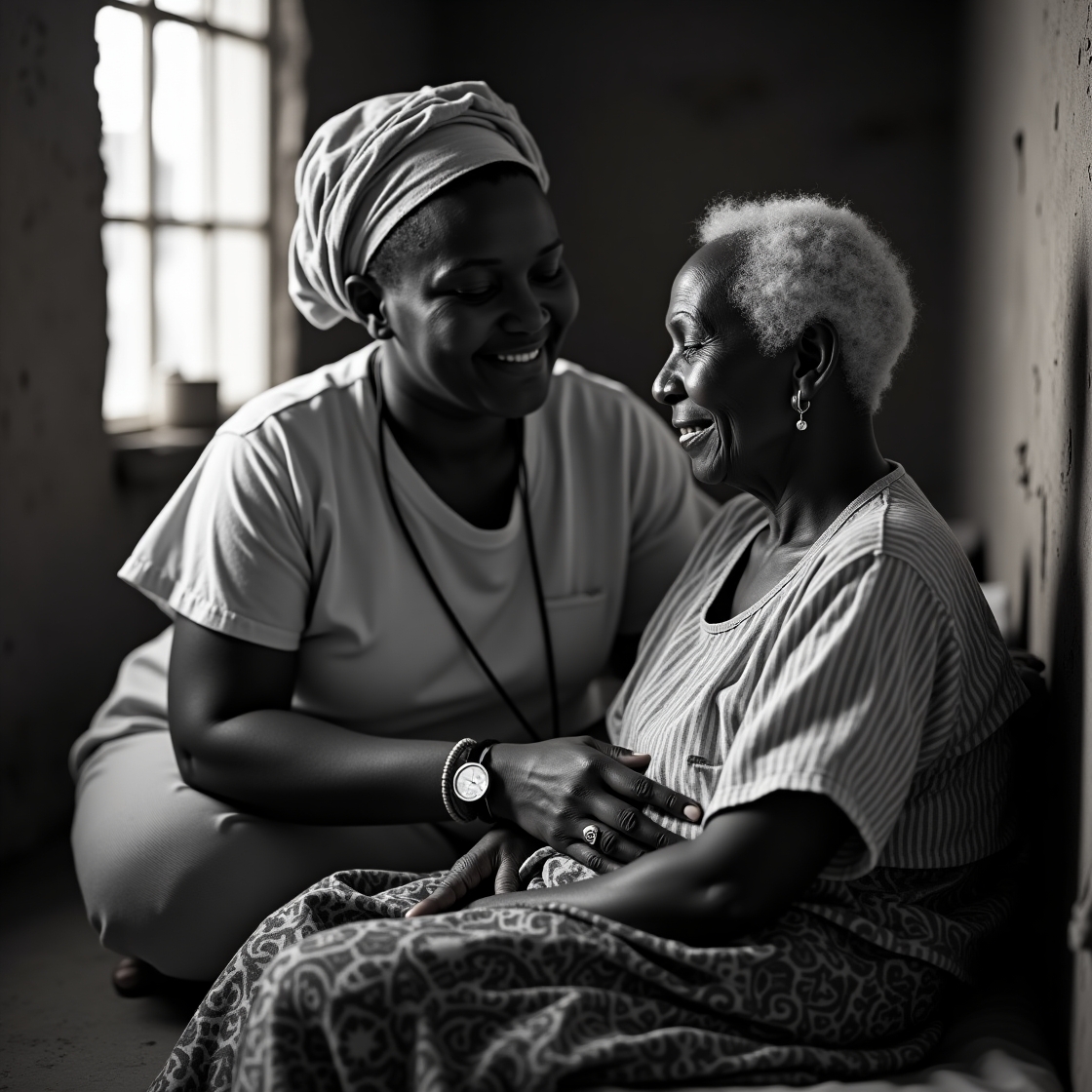Publications

Implementing Isoniazid Therapy for Ugandan Children with HIV
Implementation of WHO 2011 IPT Recommendations for Children Living With HIV in UgandaJanuary 2016 – Journal of Acquired Immune Deficiency Syndromes (J Acquir Immune Defic Syndr) 71(1): e1–8 In Uganda, where children living with HIV face elevated risks of tuberculosis (TB), the World Health Organization’s 2011 guidance recommending intensified TB case-finding and six-month isoniazid preventive
Read More
Adaptation and validation of the STARx for Ugandan adolescents
Healthcare for young people living with HIV (YPLHIV) comes with unique challenges, particularly in resource-limited settings. A recent study has adapted the STARx tool for Ugandan youth aged 15–20, ensuring it is relevant and effective for the local context. Cognitive interviews with 10 participants helped refine the tool’s structure and content, making it more practical
Read More
Stigma mastery in people Living with HIV: Gender similarities and theory.
Stigma remains one of the most persistent barriers to health and wellbeing for people living with HIV. In Uganda and many other settings, stigma manifests through social rejection, discrimination, and internalized shame—what researchers call self-stigma. This stigma doesn’t just affect emotional health; it can also discourage individuals from seeking treatment, disclosing their status, or building
Read More
Not Just HIV: Why Hypertension and Diabetes Matter Most in Stroke Prevention
HIV sero-positivity and risk factors for ischaemic and haemorrhagic strokein hospitalised patients in Uganda: A prospective-case-control study Stroke is one of the leading causes of illness and death worldwide, and in Uganda, it remains a growing health concern. A recent study carried out at St. Francis Hospital, Nsambya, touching some of the patients monitored at
Read More
Virologic Response in HIV+ Ugandan Youth on NNRTI Without Viral Load Monitoring
Virologic Response in HIV-Positive Ugandan Youth on NNRTI Regimens Without Prior Viral Load Monitoring Uganda, like many low-income countries, initially relied on clinical and immunologic monitoring due to limited access to viral load testing. For pediatric populations on NNRTI-based first-line regimens, the lack of virologic surveillance meant that treatment failure often went undetected until clinical
Read More
Viral Load Monitoring Using Dried Blood Spots Among Children Living with HIV in Uganda
Using Dried Blood Spots for Pediatric HIV Viral Loads in UgandaJuly 2014 – Journal of Clinical Microbiology 52(7): 2665-2667 In resource-limited settings such as Uganda, robust methods to monitor viral load in children living with HIV remain challenging. This study investigated the use of dried blood spot (DBS) samples collected at the home-care department of
Read More
Community Home-Based Care
Nsambya Community Home-Based Care Enhances National HIV and TB Management and Strengthens Health Systems in Uganda: An Observational Study In Uganda’s ongoing battle against HIV and tuberculosis (TB), Nsambya Community Home-Based Care (CHBC) has emerged as a powerful, locally driven solution. Originally created to relieve overwhelmed hospitals during the height of the HIV/AIDS crisis, this
Read More
Stigma Index Survey Among People Living With and Affected by HIV in Central and South Western Uganda
Reducing HIV Stigma in Uganda: Key Findings from an End-line ReportDecember 2015 In 2014-2015, a stigma-reduction initiative was implemented in Central and South-Western Uganda, designed to reduce HIV-related stigma and discrimination among people living with and affected by HIV. A baseline survey took place in November 2014, followed by targeted interventions, and an end-line survey
Read More
Jenny Alexandra
Hi! beautiful people. I`m an authtor of this blog. Read our post - stay with us
Contact Us